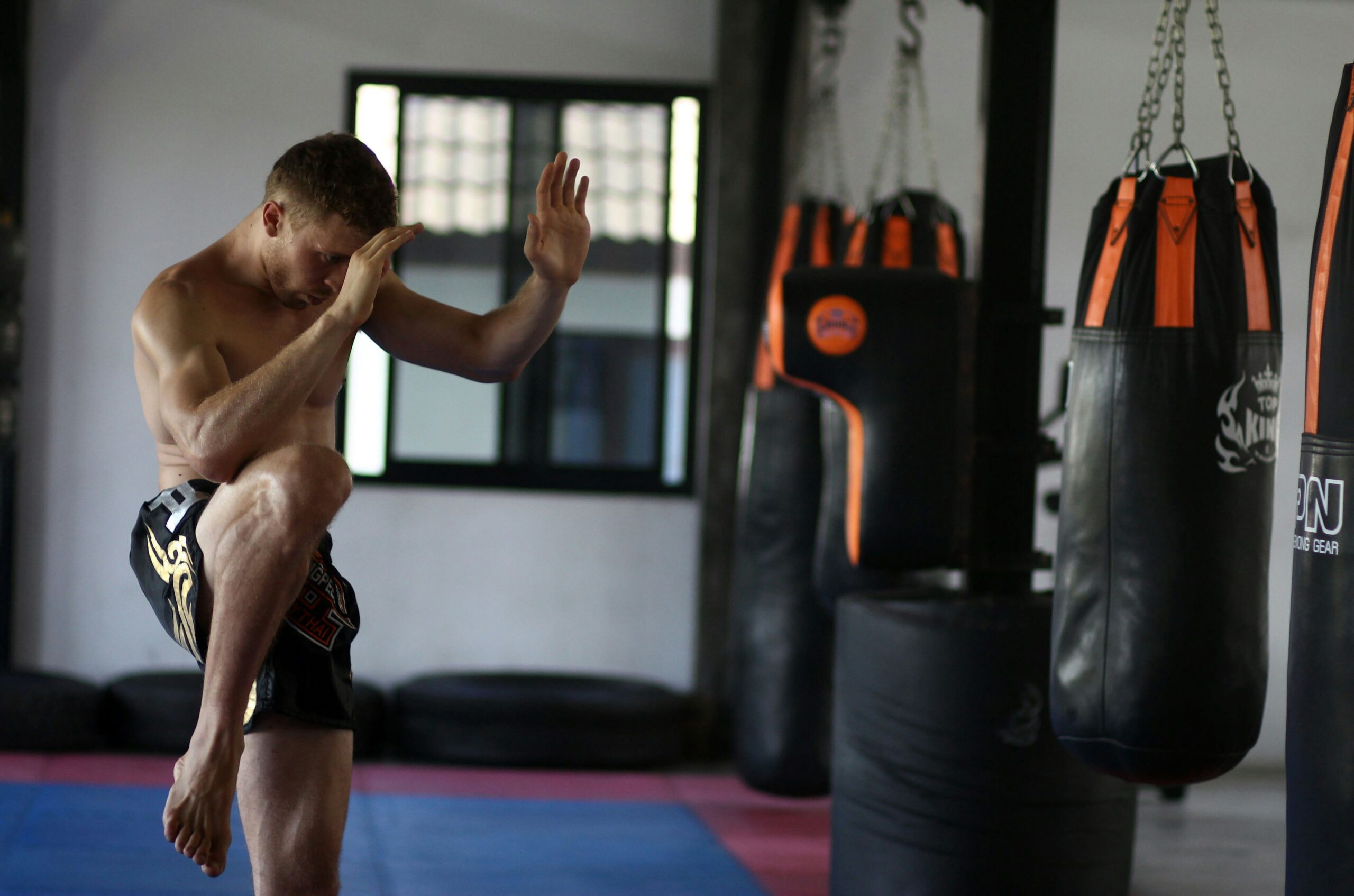
Kickboxing Training has rapidly become a favorite among fitness enthusiasts who seek a combination of challenge, excitement, and results. This high-intensity workout blends martial arts and cardio training elements, producing a unique full-body experience that tests mental and physical limits.
More than just a trendy class, kickboxing is backed by science. It improves cardiovascular fitness, accelerates fat loss, builds lean muscle, and supports mental clarity. Each session unleashes power and precision, leading to a transformative fitness journey that’s as rewarding as it is rigorous.
Revving the Heart: Cardiovascular Impact
One of the most prominent effects of kickboxing is its ability to elevate heart rate through interval-style exertion. The continuous movement between jabs, crosses, roundhouse kicks, and footwork turns each session into a heart-pumping routine that enhances cardiovascular endurance.
The American Council on Exercise (ACE) has highlighted how aerobic exercise like kickboxing boosts heart health, increases blood circulation, and strengthens the respiratory system. Long-term practice leads to better blood pressure regulation, improved heart efficiency, and reduced cardiovascular risk.
Accelerated Calorie Burn and Fat Reduction
Few workouts compare to Kickboxing Training in terms of calorie expenditure. Its fast pace and constant motion help participants burn hundreds of calories per session, making it ideal for those seeking efficient fat loss.
Its ability to maintain an elevated metabolic rate after training makes it even more effective. This “afterburn” effect—formally known as excess post-exercise oxygen consumption (EPOC)—ensures the body continues burning calories long after the gloves are off.
Total Body Engagement and Muscle Sculpting
Kickboxing targets every major muscle group. Punching engages the shoulders, chest, and arms; kicks strengthen the glutes, thighs, and calves; core twists stabilize and tone the midsection. Each movement activates muscles in coordination, resulting in improved muscle definition and strength.
Unlike isolated gym machines, kickboxing develops functional strength that supports everyday movement. Over time, practitioners notice a firmer body, improved balance, and greater control.
Boosting Mental Focus and Sharpness
Kickboxing Training demands mental engagement. Remembering sequences, adjusting techniques, and responding quickly to visual or verbal cues exercise the brain while the body moves. This mental stimulation improves focus, memory retention, and cognitive agility.
The complexity of the movements helps form new neural connections, which can protect against cognitive decline and enhance mental processing in other areas of life. Kickboxing becomes not just a workout but a mental tune-up.
Improved Physical Endurance
Repeated exposure to Kickboxing Training workouts helps the body adapt to increasing physical demands. As stamina builds, movements become more fluid, breathing becomes more controlled, and recovery times shorten. This increased endurance contributes to better performance in other physical activities and builds a foundation of long-lasting physical resilience. Whether tackling a hike or running after a child, daily life becomes easier with high stamina.
Agility and Flexibility in Motion
Quick footwork and explosive kicks stretch and activate muscles across wide ranges of motion. Over time, this leads to greater flexibility, especially in the hips, hamstrings, and shoulders. Enhanced flexibility improves posture, reduces muscle tension, and prevents injury.
Kickboxing also boosts agility—the body’s ability to change direction quickly and efficiently. These skills extend beyond the gym, supporting safer, more capable movement in everyday life.
Discipline, Confidence, and Self-Esteem
Learning and refining new skills requires focus, patience, and repetition. As practitioners master combinations and techniques, they develop a strong sense of discipline. This dedication often spills over into other areas of life, improving time management, consistency, and goal-setting.
The feeling of striking with power and purpose builds inner confidence. Even outside of sparring environments, the self-assurance developed in training becomes part of how individuals carry themselves in the world.
Accessible and Customizable Workouts
Kickboxing is adaptable to a range of fitness levels. Beginners can start with slower, lower-impact versions of movements, while advanced practitioners can add intensity with speed drills or weighted gloves. Kickboxing can be personalized to match any fitness goal, whether in a group class, one-on-one session, or solo at home.
Its adaptability ensures that participants are never stuck at one level; there’s always room to grow, evolve, and take on new challenges.
Science-Driven Fitness Benefits
The physiological impact of kickboxing is measurable and significant. Studies link kickboxing to reduced body mass index (BMI), better blood sugar regulation, improved cholesterol profiles, and enhanced psychological well-being. These results are not anecdotal—they are supported by research across exercise science and sports medicine fields.
Moreover, because kickboxing encompasses strength, endurance, flexibility, and mental engagement, it delivers a well-rounded and balanced fitness profile that can support long-term health.
Training with Purpose and Power
Kickboxing is more than a workout—it’s a transformative experience combining sweat and science. Every session builds physical power, mental clarity, and emotional resilience. Unlike fitness routines that grow monotonous over time, kickboxing remains dynamic and engaging, motivating people to return day after day.
As a form of exercise, Kickboxing Training invites participants to challenge themselves, embrace discomfort, and grow stronger. Committing to this path builds a healthier body, sharpens your mind, and strengthens your spirit. Whether your goal is fat loss, stress relief, or overall well-being, kickboxing delivers—one punch, one kick, and one sweat-drenched round at a time.